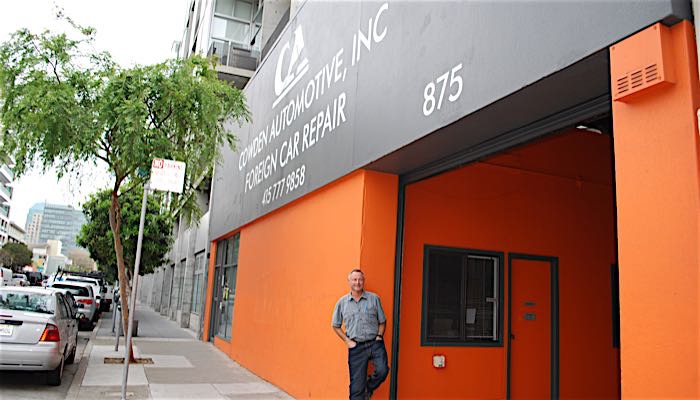The U.S. Department of Transportation’s National Highway Traffic Safety Administration (NHTSA) has announced a new policy concerning vehicle automation, including its plans for research on related safety issues and recommendations for states related to the testing, licensing and regulation of "autonomous" or "self-driving" vehicles. Self-driving vehicles are those in which operation of the vehicle occurs without direct driver input to control the steering, acceleration and braking, and are designed so that the driver is not expected to constantly monitor the roadway while operating in self-driving mode.
"Whether we’re talking about automated features in cars today or fully automated vehicles of the future, our top priority is to ensure these vehicles – and their occupants – are safe," said Secretary Ray LaHood. "Our research covers all levels of automation, including advances like automatic braking that may save lives in the near-term, while the recommendations to states better oversee self-driving vehicle development, which holds promising long-term safety benefits."
NHTSA’s policy addresses:
• An explanation of the many areas of vehicle innovation and types of automation that offer significant potential for enormous reductions in highway crashes and deaths.
• A summary of the research NHTSA has planned or has begun to help ensure that all safety issues related to vehicle automation are explored and addressed.
• Recommendations to states that have authorized operation of self-driving vehicles, for test purposes, on how best to ensure safe operation as these new concepts are being tested on highways.
Several states, including Nevada, California and Florida, have enacted legislation that expressly permits operation of self-driving (sometimes called "autonomous") vehicles under certain conditions. These experimental vehicles are at the highest end of a wide range of automation that begins with some safety features already in vehicles, such as electronic stability control (ESC). NHTSA stated that it feels that its policy will assist states interested in passing similar laws to ensure their legislation does not inadvertently impact current vehicle technology and that the testing of self-driving vehicles is conducted safely.
"We’re encouraged by the new automated vehicle technologies being developed and implemented today, but want to ensure that motor vehicle safety is considered in the development of these advances," said NHTSA Administrator David Strickland. "As additional states consider similar legislation, our recommendations provide lawmakers with the tools they need to encourage the safe development and implementation of automated vehicle technology."
The policy statement also describes NHTSA’s research efforts related to autonomous vehicles. While the technology remains in early stages, NHTSA is conducting research on self-driving vehicles so that the agency has the tools to establish standards for these vehicles, should the vehicles become commercially available. The first phase of this research is expected to be complete within the next four years.
NHTSA’s many years of research on vehicle automation have already led to regulatory and other policy developments. The agency’s work on ESC, for example, led to a standard mandating that form of automated technology on all new light vehicles since May 2011. More recently, NHTSA issued a proposal that would require ESC on new heavy vehicles.
NHTSA defines vehicle automation as having five levels:
• No-Automation (Level 0): The driver is in complete and sole control of the primary vehicle controls – brake, steering, throttle and motive power – at all times.
• Function-Specific Automation (Level 1): Automation at this level involves one or more specific control functions. Examples include electronic stability control or pre-charged brakes, where the vehicle automatically assists with braking to enable the driver to regain control of the vehicle or stop faster than possible by acting alone.
• Combined Function Automation (Level 2): This level involves automation of at least two primary control functions designed to work in unison to relieve the driver of control of those functions. An example of combined functions enabling a Level 2 system is adaptive cruise control in combination with lane centering.
• Limited Self-Driving Automation (Level 3): Vehicles at this level of automation enable the driver to cede full control of all safety-critical functions under certain traffic or environmental conditions and in those conditions to rely heavily on the vehicle to monitor for changes in those conditions requiring transition back to driver control. The driver is expected to be available for occasional control, but with sufficiently comfortable transition time.
The Google car is an example of limited self-driving automation.
• Full Self-Driving Automation (Level 4): The vehicle is designed to perform all safety-critical driving functions and monitor roadway conditions for an entire trip. Such a design anticipates that the driver will provide destination or navigation input, but is not expected to be available for control at any time during the trip. This includes both occupied and unoccupied vehicles.
To view NHTSA’s statement, click here.

